Ad

Apple WWDC 2023: Rumours and Expectations
5,356 views
Follow Us:
5,356 views
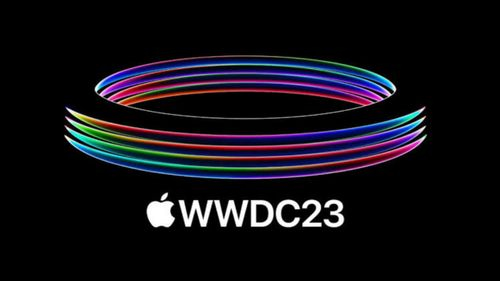
This year's WWDC starts with a keynote address on Monday, June 5, at 10 am Pacific time. Prior to the event, there are usually numerous rumors circulating about new features for iOS, iPadOS, macOS, watchOS, and tvOS. While some operating systems receive more attention than others, the list of new features for these platforms in 2023 seems relatively limited. It appears that Apple has been focusing its efforts on something different, possibly an entirely new product category.
If you've been following Apple's rumor mill, you've likely come across headlines about the company's long-awaited mixed-reality headset for augmented reality and virtual reality experiences. After years of speculation, it seems that Apple is finally ready to unveil this highly anticipated device at WWDC. There is even a possibility that we'll see it in action during the conference, as it is rumored to run on a new operating system called xrOS, specifically designed for the headset. It is expected to support a few key apps upon its launch.
However, it's important to note that all of this is based on speculation. We were also expecting to see the mixed-reality headset at last year's WWDC, but the reveal was postponed. Regardless, one thing is certain: there will be new software features announced for existing devices. There are also rumours of potential new Mac hardware announcements from Apple. We will be closely following all the news and providing a liveblog to cover the major reveals. To get you up to speed before the event, here's a preview of what you can anticipate at this year's WWDC. I will also provide details on how you can tune into the keynote on Monday morning.
New Software
iOS 17
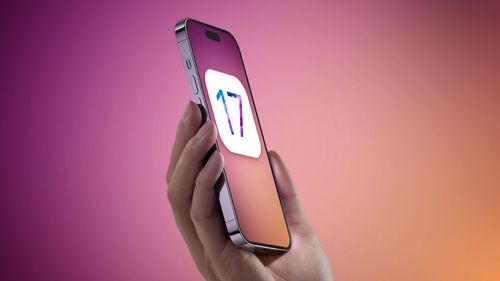
Apple introduced the ability to add widgets to the home screen with the release of iOS 16, allowing users to display weather, activity rings, and social media feeds. According to a report by Mark Gurman from Bloomberg, iOS 17 is expected to expand on this feature by introducing a new smart-home display mode. When the iPhone is locked and placed horizontally, this mode would activate, providing users with notifications, weather information, calendar appointments, and more in a layout similar to Google's Nest Hub or Amazon's Echo Show. The display would feature bright text on a dark background for improved readability.
Gurman's report also mentions rumours of Apple launching a journaling app, the ability to sideload apps to comply with European Union regulations, a mood-tracking feature in the Health app, and enhancements to location services. Another report from MacRumors suggests that Dynamic Island, the pill-shaped cut out on the iPhone 14 Pro and iPhone 14 Pro Max serving as a secondary display, will receive additional functionality such as Siri integration to make it less obtrusive on the main display.
Additionally, Apple is expected to introduce new accessibility features. In May, they announced plans to launch software features later in the year to improve cognitive, vision, and speech accessibility. These features include Point and Speak in Magnifier, which facilitates interaction with physical objects labeled with text for individuals with vision disabilities, as well as Live Speech, enabling users to type messages that are spoken aloud during phone and FaceTime calls.
iPadOS 17
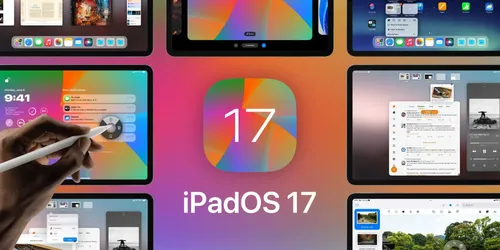
Like previous iterations, it is expected that iPadOS 17 will share many features with iOS 17, such as the smart-home display mode, journaling app, and the ability to sideload apps. Additionally, there are indications that the Health app may finally be introduced on the iPad, complete with the mood-tracking feature. One significant update revolves around Apple's Stage Manager feature, which was introduced in iPadOS 16. This multitasking feature aims to emulate a desktop computer experience by allowing users to organize apps, group and resize windows, and overlap them. However, it has been noted that the feature lacks intuitiveness. According to reports from 9to5mac, Apple is planning to enhance the capabilities of Stage Manager. These enhancements may include support for webcams on external monitors, a sleep mode for the iPad's display while the external display remains active, and a resizable dock specifically for the external display.
In his Power On newsletter, Gurman also mentioned that iPadOS will lay the groundwork for upcoming revamped iPad Pro models with OLED displays, expected to be released next year. A tweet from @analyst941, which has since been deleted, suggested that the iPad may receive the same Lock Screen customization as iOS 16, including the ability to adjust the position of the clock. This customization could potentially indicate that future OLED iPad models will feature an Always-On display, similar to the iPhone 14 Pro line up, as speculated by MacWorld.
MacOS 14
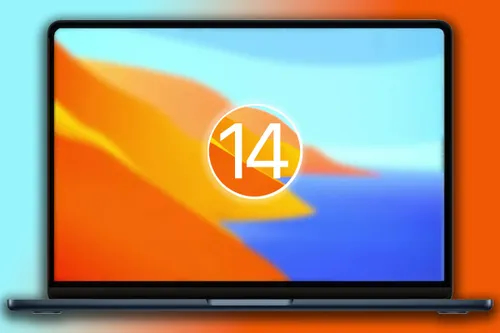
The official name for macOS 14 has yet to be revealed. Parker Ortolani, a product manager at Vox Media, shared a tweet mentioning 15 unused names that Apple has reportedly trademarked. Among these names is Mammoth, which was heavily rumoured for macOS 13 last year but was ultimately not chosen in favour of Ventura. Therefore, there is a possibility that Mammoth could be used as the name for the upcoming macOS version.
Regarding new features, Tom's Guide referred to an interview with Gurman on the MacRumors Show where he mentioned that he hasn't come across any noteworthy information about macOS. Similarly, Gurman does not anticipate significant changes for tvOS 17 either. Furthermore, Apple already released the next-generation Apple TV in October.
It seems that Apple is primarily focused on enhancing iOS, iPadOS, and watchOS as part of their continuity strategy, and then incorporating support for these features within macOS. This approach has been hinted at with the introduction of the M1 chip. When Apple announced their first in-house silicon in 2020, they emphasized that it operates similarly to an iPhone and iPad, allowing users to directly download iOS apps onto their MacBooks.
WatchOS 10
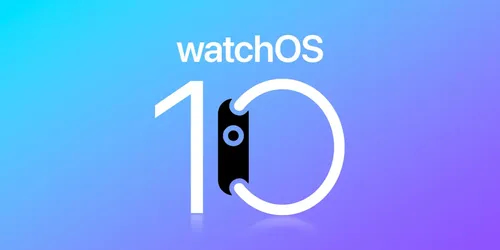
In contrast to Apple's other upcoming operating systems, watchOS is expected to receive a significant update that will introduce "a new focus on widgets and fundamental changes to how the device works," as mentioned by Mark Gurman. The updated interface is said to combine iOS 14-style widgets with the previous watchOS Glances system, enabling users to scroll through different widgets (such as weather, activity tracking, and calendar appointments) without needing to manually open each app.
Another potential addition to watchOS is the introduction of widget stacks, which would allow users to group multiple widgets together and scroll through them. Alongside the interface revamp, Apple might also modify the functions of certain buttons on the watch. For instance, currently, pressing the Digital Crown takes users to the home screen, but in the future, it could be used to open widgets instead.
xrOS
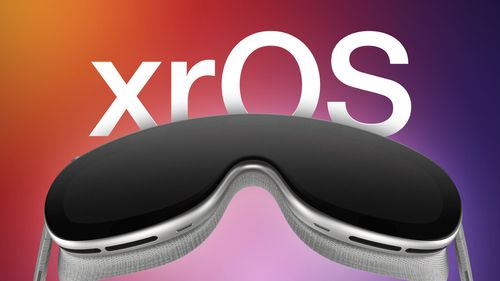
It seems that Apple has decided to name its headset's software platform "xrOS." This information was initially reported by Gurman last year, and recently, Ortolani noticed that Apple had trademarked the name in New Zealand through a shell corporation.
According to Gurman, the platform will feature a home screen similar to that of an iPad and will enable users to operate multiple apps simultaneously in space. Users can place apps in specific physical locations, such as a living room, and when they re-enter that room, their previous workspace will reappear. The headset will have the capability to run almost all of Apple's existing iPad apps, including Messages, Music, Photos, Books, FaceTime, Maps, and Weather, as well as third-party iPad apps. Users will be able to sync their Apple account data from their iPhone or iCloud to the device.
In Gurman's Power On newsletter in April, he provided an extensive list of additional capabilities for the headset. These include a Wellness app for meditation, a VR portal for watching sports, new features in the Freeform app like virtual whiteboards, a VR version of the Fitness+ app for exercising while wearing the headset, videoconferencing with realistic avatars, and the ability to use the headset as an external monitor when connected to a Mac.
Apple's mixed-reality headset may not introduce ground-breaking features compared to what's already available in the market. Like other VR headsets, it will likely be positioned as a versatile device for work, exercise, gaming, and relaxation. However, the interest in VR and AR technology has declined in recent years. This lack of interest may be attributed to the inconveniences associated with using AR or VR devices. From setting up the physical space and dealing with cables to wearing a bulky headset and downloading necessary software, these gadgets have yet to gain mainstream appeal.
Nevertheless, Apple's reputation for seamless connectivity and software integration across its ecosystem of devices could give mixed reality the momentum it needs. If the navigation of the new headset is as intuitive as using an iPhone, people may feel less intimidated about incorporating a completely new product into their lifestyle. We will have to wait and see if Apple finally unveils the headset at WWDC, and hopefully, it won't be kept behind glass for attendees to merely observe, similar to the first iPhone launch.
New Hardware
Reality Pro
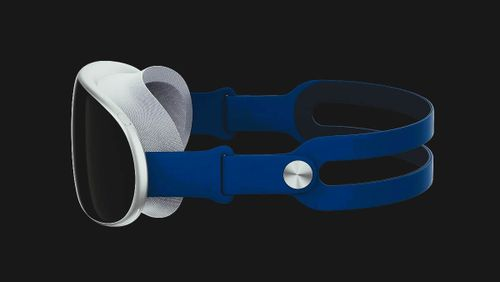
Based on the various reports coming out of Apple's headquarters in Cupertino, it seems highly probable that the company is developing its own mixed-reality headset. The key question now is not about the nature of the headset itself, but rather when it will be officially launched. Speculations and insider information indicate that the unveiling could take place on Monday. The anticipation surrounding Apple's headset is so significant that other companies are rushing to release their own headsets just days before Apple's expected announcement at WWDC. Meta has announced the Meta Quest 3, Lenovo introduced the ThinkReality VRX headset, and Magic Leap has been showcasing the capabilities of the Magic Leap 2.
As for Apple's headset, rumoured to be named the Reality Pro or Reality One, it is anticipated to carry a price tag of $3,000. Given its high cost, it is likely that the initial version will target developers and professionals rather than the general consumer market. Analyst Ming-Chi Kuo has suggested that the second-generation version could offer both high-end and mid-priced models. Kuo has also provided details on the specifications of the headset, including 4K micro-OLED displays, 12 optical cameras for hand movement tracking, two M2-based processors, and an external power supply. These specifications align with tweets from Ross Young, a credible leaker and CEO at Display Supply Chain Consultants. Young also claims that the headset will boast an impressive peak brightness of 5,000 nits, whereas competing headsets like Meta's Oculus Quest 2 reach 100 nits, and the Magic Leap 2 can achieve up to 2,000 nits.
According to a Bloomberg report, the headset will combine augmented reality and virtual reality. VR features will be facilitated by internal displays, while AR functionality will operate through a video pass-through mode. Users will have the ability to switch between modes using the Digital Crown, a dial similar to the one found on the Apple Watch. This will enable a seamless transition from a fully immersive VR experience to having apps seamlessly blend into the user's real-world surroundings.
15-inch MacBook Air
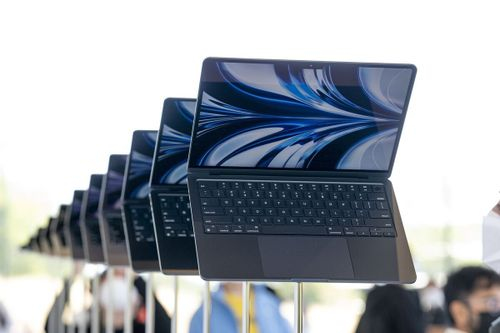
Multiple sources indicate that Apple is likely to unveil a new 15-inch MacBook Air during WWDC 2023. This forthcoming notebook is anticipated to be the largest MacBook Air ever released and will be powered by the Apple M2 chip. While the official name and pricing details are still undisclosed, it is expected that the price of the 15-inch MacBook Air will be higher compared to the current 13-inch MacBook Air due to its larger size. Ming-Chi Kuo, an analyst, has suggested that the second-generation version may offer both high-end and mid-priced models.
In terms of design, the new 15-inch MacBook Air is anticipated to bear similarities to the existing 13.6-inch MacBook Air, featuring slim bezels and a flat-edged design. Notable improvements expected on the new laptop include the inclusion of a function key row, an upgraded 1080p webcam, enhanced speakers, and the return of MagSafe charging.
Mac Studio

Apple is gearing up to release an updated model of the Mac Studio along with a new 15-inch MacBook Air. Reports suggest that the company is developing two new desktop computers, equipped with the M2 Max and M2 Ultra chips, which align with the specifications of the Mac Studio. Apart from the chip upgrade, no other significant new features are anticipated. Nevertheless, these M2 Max and M2 Ultra Mac Studio machines will serve as replacements for the existing M1 Max and M1 Ultra Mac Studio models that were launched last year.
Latest News


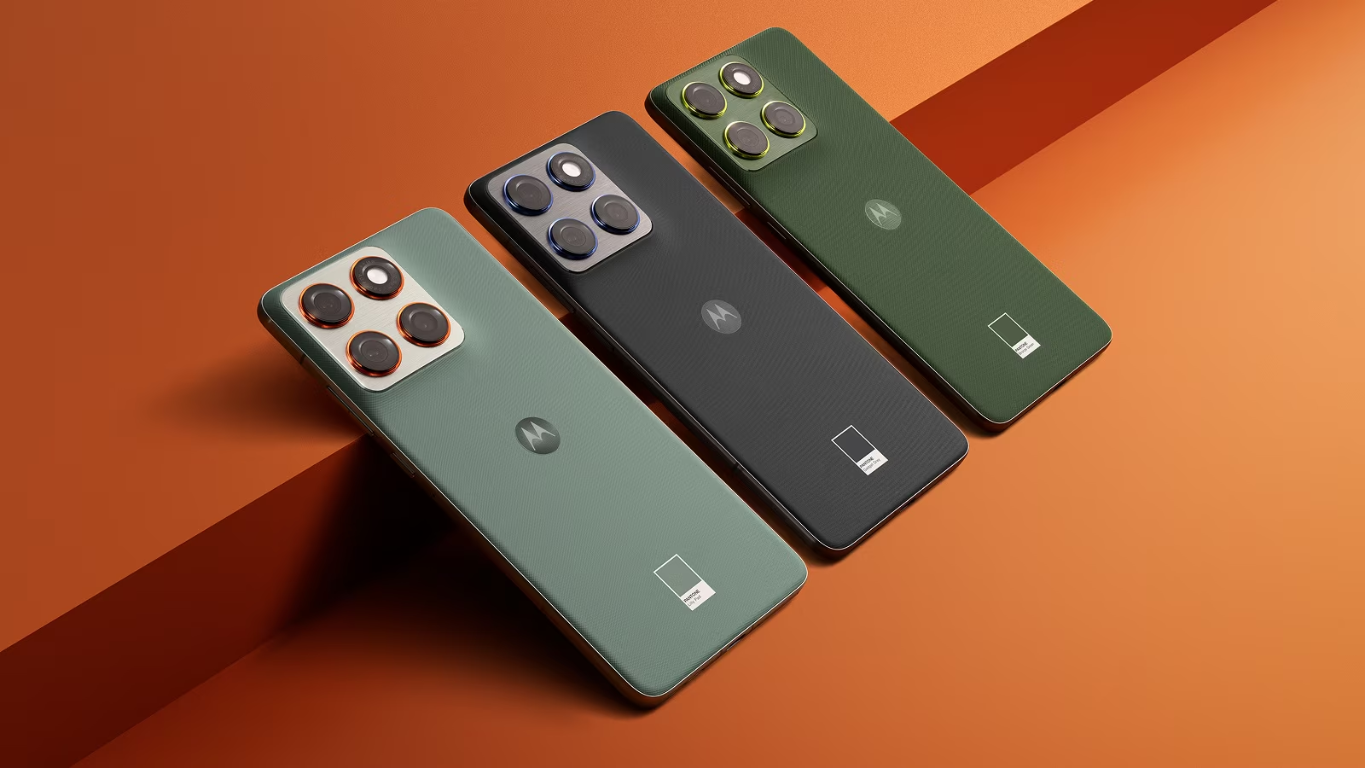
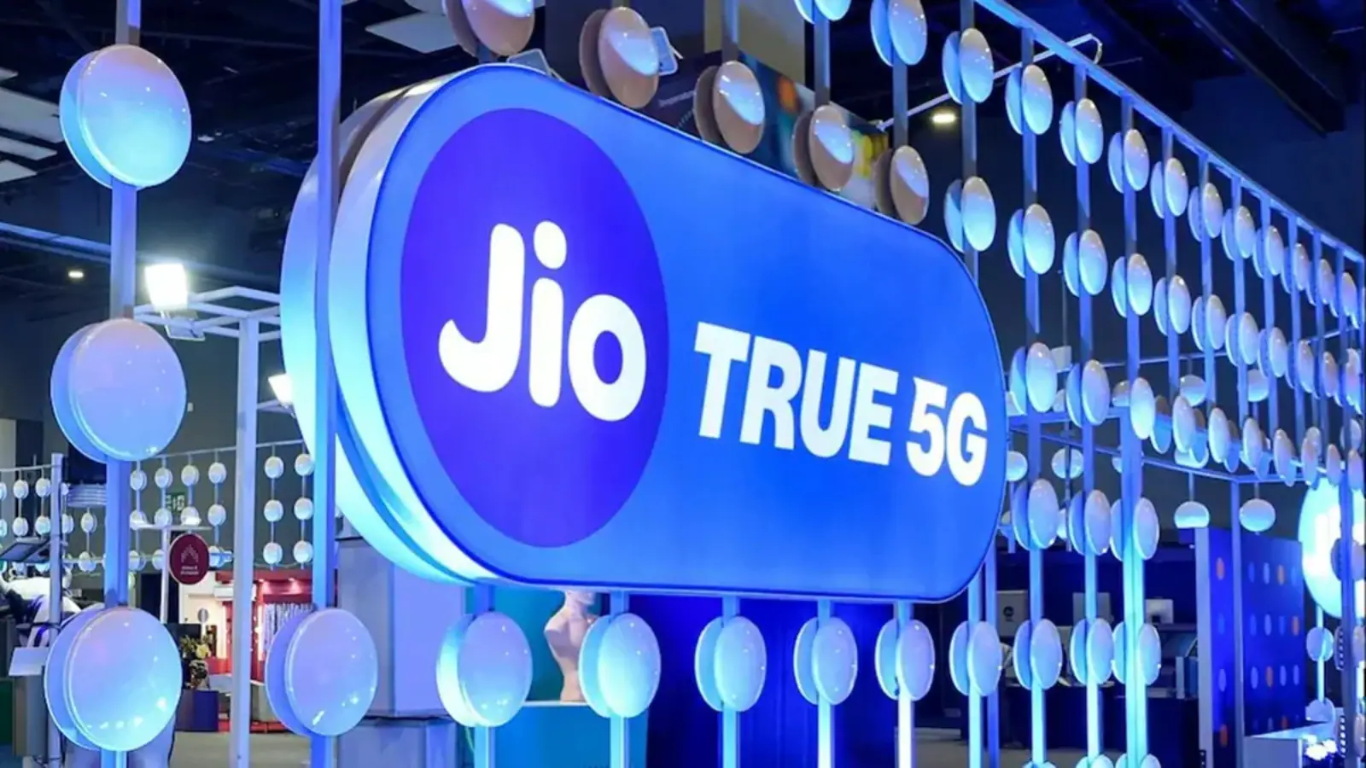

Reviews & Guides
View All
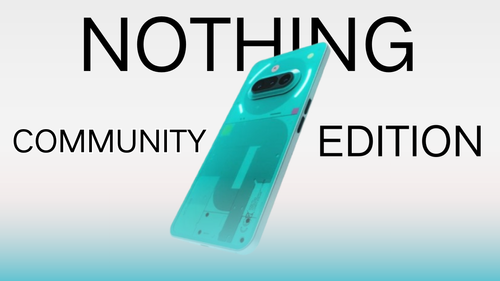
Nothing Phone 3a Community Edition First Impressions: A Fresh Take on Budget Smartphones

Realme P4x 5G Review: Budget-Friendly Beast with Epic Battery Life

Sony BRAVIA 7 Mini LED K-65XR70 vs. Haier Mini LED H65M95EUX

Samsung QN90F (65QN90FAU) Review: The King of Bright-Room Viewing

Why doesn’t Apple reveal the iPhone battery in advertisements?

Top 10 camera lenses you should Own in 2025

Donald Trump Watch Collection: Timeless Luxury on the Wrist

Best Smartphones Under 30,000 in 2025







